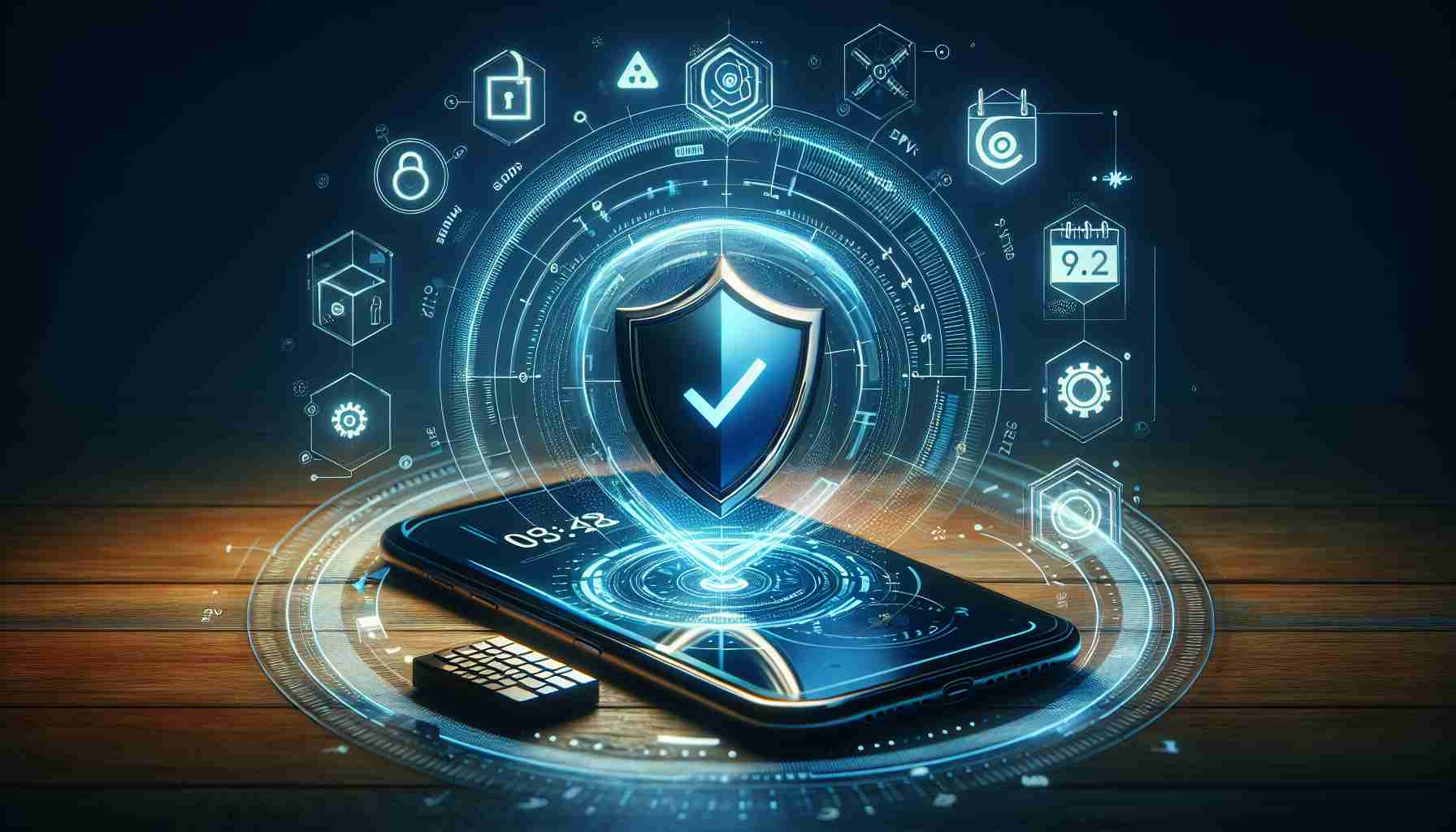In an ever-evolving cybersecurity landscape, the National Security Agency (NSA) has shed light on simple yet effective practices to shield your mobile device from hackers. A key recommendation involves rebooting smartphones on a weekly basis—a tactic that may thwart certain types of cyber intrusions.
Why is Rebooting Recommended?
Rebooting can serve as a contiguous line of defense against sophisticated attacks known as “spear-phishing” and “zero-click exploits.” These attacks can install malware without user interaction, exploiting unknown vulnerabilities in software or hardware. A reboot aids in terminating any potentially harmful running processes, clearing temporary data used in attacks, and resetting altered security settings. Moreover, it can prompt crucial operating system and application updates, ensuring devices are fortified with the latest security patches.
Understanding the Limits of Rebooting
However, this measure is not a catch-all solution. While a reboot can disrupt non-persistent malware, sophisticated threats often use persistence mechanisms to survive after the device restarts. Given that most malware is designed with persistence, rebooting alone cannot guarantee safety from such infections.
A Comprehensive Security Approach
The larger picture painted by cybersecurity experts encompasses far more than just periodic reboots. Users are urged to maintain current software updates, employ antivirus tools, exercise caution with links and attachments received via email, social media, or instant messaging platforms, and avoid unsecured public Wi-Fi networks. By adopting these comprehensive steps alongside regular reboots, individuals can notably diminish their vulnerability to cyber threats.
Importance of Mobile Device Security
Mobile devices have become integral in our daily lives, containing personal information and access to corporate data. The importance of securing these devices cannot be overstated, given their vulnerability to a range of cyber threats. Cybersecurity measures like those recommended by the NSA are crucial in protecting against identity theft, data breaches, and unauthorized access to sensitive information.
Questions & Answers
Q: Why can’t rebooting alone guarantee complete security for mobile devices?
A: Rebooting cannot guarantee complete security because some malware uses persistence mechanisms that survive after the device is restarted, embedding themselves more deeply within the system. Therefore, while rebooting can disrupt certain types of malware, it cannot remove persistent threats.
Q: What other measures should be taken for comprehensive mobile security?
A: In addition to rebooting, implementing regular software updates, employing antivirus tools, exercising caution when dealing with links and attachments, and avoiding the use of unsecured public Wi-Fi networks can provide a more complete security approach for mobile devices.
Key Challenges & Controversies
A major challenge in mobile device security is the sophistication and ever-evolving nature of cyber threats, which can outpace efforts to develop and implement security measures. Further controversy arises over privacy concerns, as increased security measures can sometimes require more invasive monitoring of personal devices, raising questions about data privacy and user consent.
Advantages and Disadvantages
Advantages:
– Rebooting is a simple, quick action that any user can perform.
– It can remove certain temporary files and terminate processes that may be malicious.
– Regular reboots may improve overall device performance and stability.
Disadvantages:
– Rebooting does not affect persistent malware, which requires more sophisticated solutions.
– Users may find frequent reboots intrusive and inconvenient, especially if they interrupt ongoing tasks.
– Over-reliance on rebooting may lead to complacency, reducing vigilance in adhering to other important security practices.
For further information regarding cybersecurity and protecting mobile devices, you can visit the main websites of the National Security Agency at NSA and cybersecurity guidance at CISA (Cybersecurity & Infrastructure Security Agency). These sources offer updates, alerts, guides, and best practices for improving the security of digital devices and networks.
